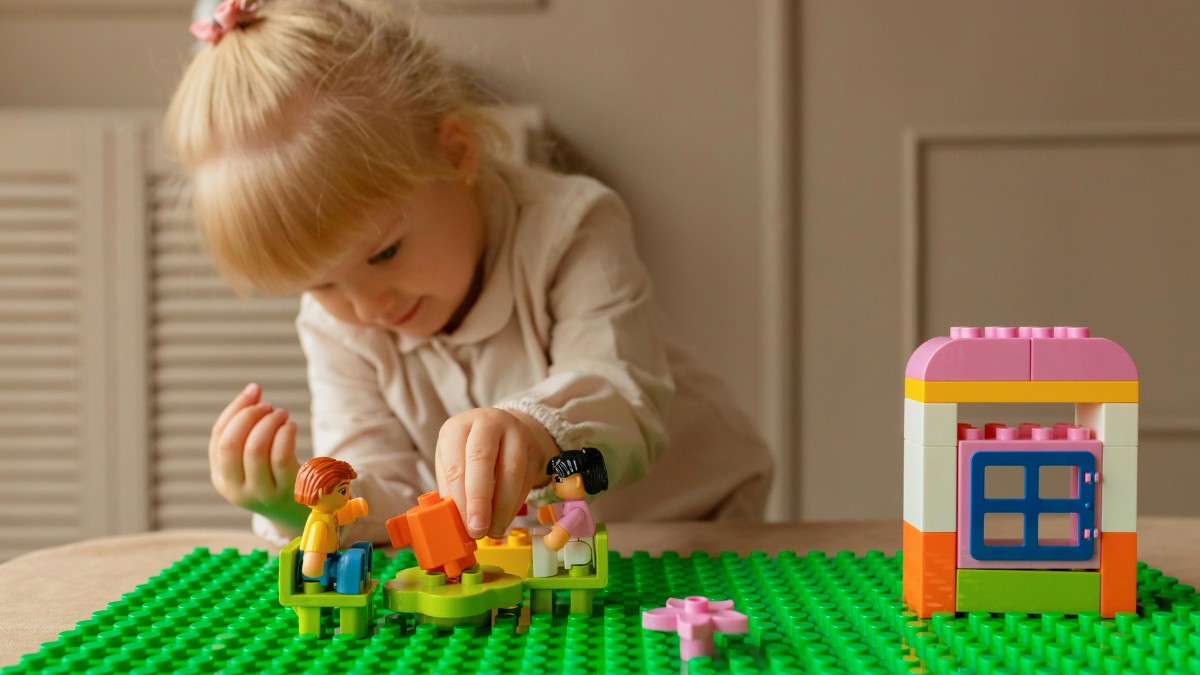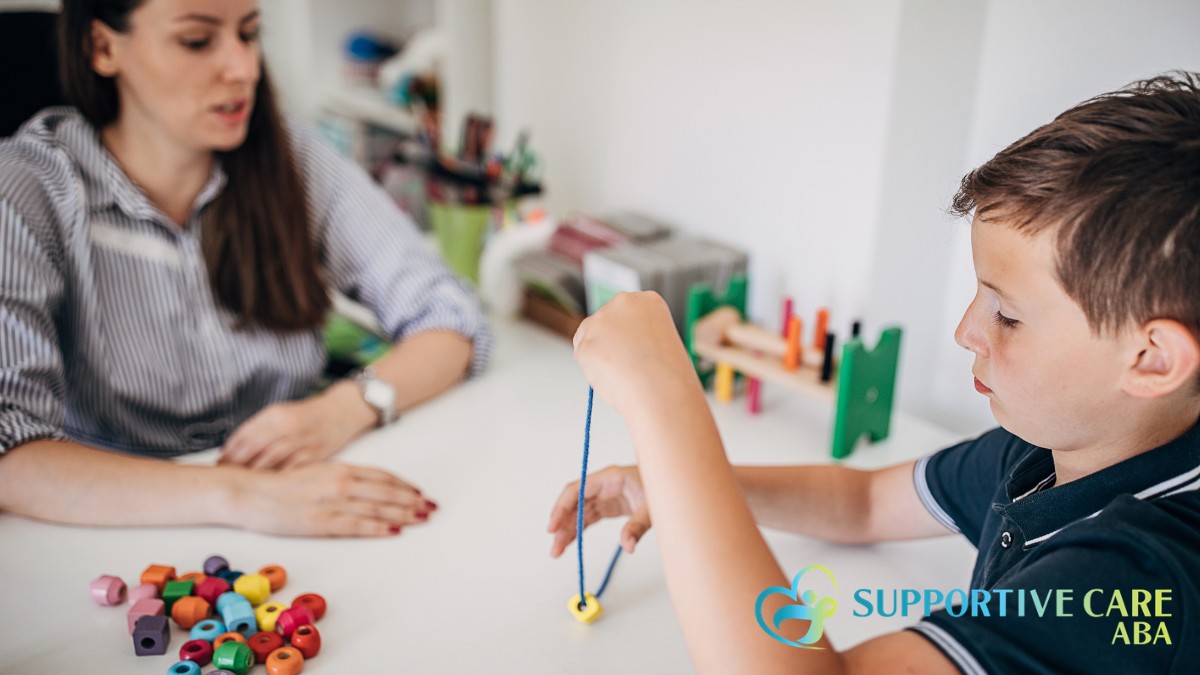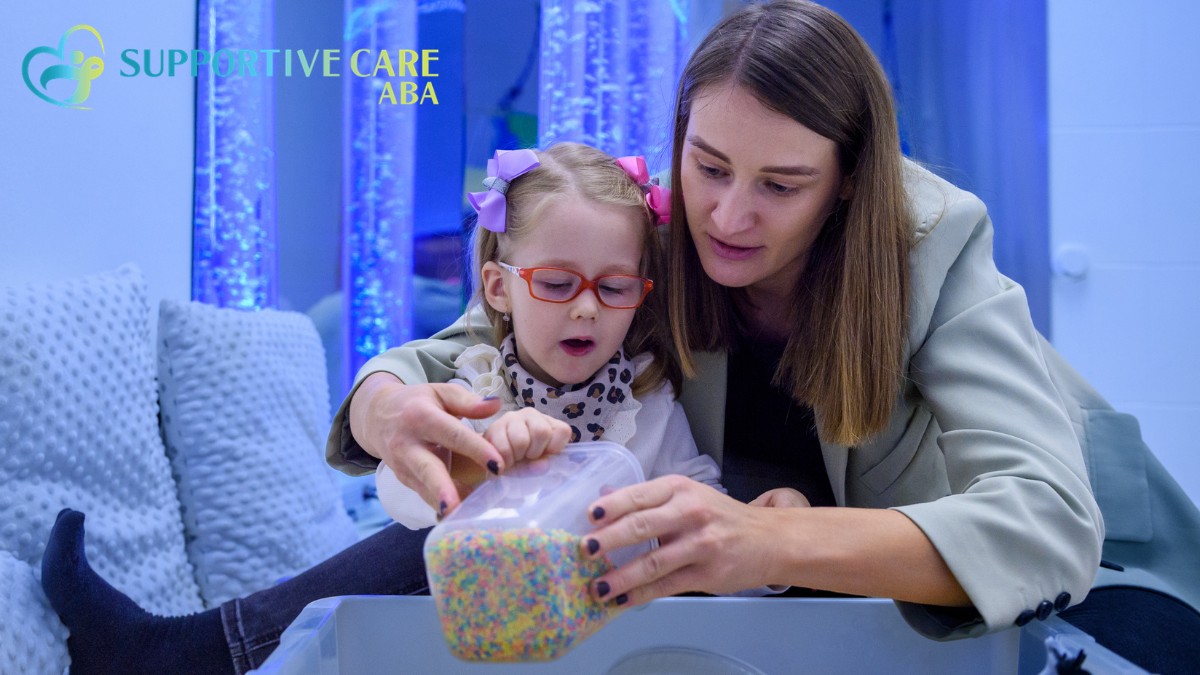Are People with Autism Misunderstood?
Are people with autism misunderstood? Learn why misconceptions persist, how they affect daily life, and what we can do to foster better understanding and support.

Are People with Autism Misunderstood?
Key Points:
- Misunderstanding autism often stems from misconceptions about communication, behavior, and sensory needs.
- Stereotypes can mask the true strengths and challenges that autistic individuals face.
- Applied Behavior Analysis (ABA) therapy can help bridge these gaps by supporting individualized communication and behavior strategies.
Misunderstanding breeds frustration—and when it comes to autism, that frustration can affect not just individuals on the spectrum, but their families, peers, educators, and caregivers too. The question “Are people with autism misunderstood?” isn’t just rhetorical—it opens up the door to deeper truths about how neurotypical society often interprets autism through an inaccurate or incomplete lens. From assumptions about behavior to communication challenges and sensory sensitivities, this misunderstanding can influence everything from daily social interactions to long-term opportunities.
If you’re a parent, caregiver, or educator wondering why your autistic child or student is frequently mislabeled, isolated, or overlooked, this article will help unpack the many layers behind that misunderstanding—and how we can all do better.
The Most Common Misunderstandings About Autism
Autism Spectrum Disorder (ASD) is complex. It affects people in vastly different ways, yet many myths persist that create a one-size-fits-all narrative. This can lead to real-world consequences—children not getting the support they need in school, adults being left out of the workforce, or families feeling judged instead of supported.
Here are some of the most persistent misunderstandings autistic individuals face:
1. “They don't want to connect with others.”
Many people assume that autistic individuals prefer to be alone or are not interested in relationships. The reality is quite different. Many autistic people crave connection—but the way they express or seek it may look different than expected.
For example, eye contact might feel overwhelming. Verbal expression might not come easily. But this doesn’t mean the desire for friendship or communication isn’t there. It may just show up through shared interests, repetitive questions, or parallel play.
2. “They’re being difficult on purpose.”
Challenging behaviors like meltdowns, repetitive movements, or refusal to comply aren’t rooted in defiance. They’re often the result of sensory overload, communication barriers, or anxiety. Without understanding the ‘why’ behind a behavior, people may assume intention where there is none.
This is one area where ABA therapy can be transformational—it helps identify the function of a behavior and builds supportive strategies around it.
3. “They’re all the same.”
Autism is a spectrum. No two autistic individuals are alike. Some may be nonverbal, while others speak fluently but struggle with pragmatic language. Some might thrive in academic settings, while others need significant supports. Thinking that all autistic people “look” or behave the same leads to many being missed or misdiagnosed—especially girls and BIPOC individuals.
Why These Misunderstandings Hurt
The question “Are people with autism misunderstood?” becomes especially painful when we see how those misunderstandings translate into missed opportunities and unnecessary hardships.
Autistic children are often misjudged in school settings. They might be labeled as defiant, unmotivated, or inattentive when they’re actually overwhelmed, anxious, or simply processing the world differently.
Adults with autism may struggle to find or retain jobs, not because they lack skills, but because hiring managers don’t recognize alternative communication styles or sensory needs.
Families often feel the strain too. They face judgment in public settings, criticism about parenting, or frustration when they try to advocate for their child in school or medical settings—only to be met with dismissiveness or ignorance.
This disconnect doesn’t have to be permanent, though. Greater awareness and structured support like ABA therapy can reshape not just outcomes, but perceptions.
4 Signs Someone with Autism is Being Misunderstood
The gap between behavior and interpretation often leads to tension. If you’re wondering whether your child or someone you know is being misunderstood, here are some red flags to watch for:
1. Frequent Discipline for Behaviors They Can’t Control
Autistic children may be punished for meltdowns or not following directions when, in reality, their nervous systems are in fight-or-flight mode. These responses aren’t choices—they’re reactions.
2. Avoidance or Exclusion from Peer Groups
Kids on the spectrum might struggle with social norms like turn-taking, small talk, or group games. If teachers or peers assume disinterest or rudeness, these children may be excluded rather than supported.
3. Misdiagnosis or Underdiagnosis
Especially common among girls and children of color, autism is often missed when it doesn't fit the stereotypical mold. This leads to years of being labeled with anxiety, ADHD, or behavioral problems—without ever addressing the root cause.
4. Lack of Progress Despite Effort
When interventions don’t take into account the individual's specific needs, it can seem like a child isn’t making progress. In reality, they might just need a different teaching approach, better sensory accommodations, or more consistent reinforcement.

The Role of Communication Differences
Communication is one of the biggest sources of misunderstanding. Many autistic individuals use alternative communication styles—whether that’s nonverbal communication, scripting (repeating phrases), or using AAC (Augmentative and Alternative Communication) devices.
But because these don’t always match neurotypical expectations, people may assume:
- The person isn’t paying attention.
- They aren’t interested in the conversation.
- They don’t understand what’s being said.
All of these assumptions can be false.
What helps?
- Giving extra wait time before expecting a response.
- Recognizing echolalia as meaningful communication.
- Valuing communication, no matter what form it takes.
ABA therapy, especially when tailored to communication goals, can help build bridges here—empowering children and adults to express themselves in ways that work for them.
Sensory Sensitivities Often Get Overlooked
Another layer to the question “Are people with autism misunderstood?” involves how autistic people experience the world through their senses.
They might be overwhelmed by:
- Bright fluorescent lights.
- Loud noises or overlapping conversations.
- Certain textures or smells.
- Sudden changes in temperature.
This sensory overload can lead to shutdowns or meltdowns—but because it’s invisible to others, it’s often dismissed as an “overreaction.”
Common sensory triggers and how they affect behavior:
- Auditory Sensitivity: Loud environments like cafeterias or gymnasiums can feel like chaos. Kids may cover their ears, bolt from the room, or become distressed.
- Tactile Sensitivity: Clothing tags, seams, or even certain foods can feel painful. Children may resist getting dressed or refuse meals—not because they’re defiant, but because the sensation is too much.
- Visual Overload: Busy classrooms with lots of decorations and movement can be too visually stimulating, making it hard to concentrate.
- Olfactory Sensitivity: Strong smells—from cleaners to perfumes—can be overpowering and cause nausea or headaches.
Understanding sensory needs—and creating sensory-friendly environments—can go a long way in reducing misunderstandings.

How ABA Therapy Helps Address Misunderstanding
Applied Behavior Analysis (ABA) isn’t just about behavior—it’s about communication, motivation, and relationships.
At Supportive Care ABA, we know that each behavior is a message. When children engage in behaviors that others find confusing or challenging, it’s often because their needs aren’t being met—or their way of expressing those needs isn’t understood.
Here’s how ABA therapy helps clarify those misunderstandings:
- Identifying triggers: Our therapists look at the “why” behind behaviors, not just the surface.
- Building functional communication: Whether verbal or nonverbal, we help children express themselves in ways that get their needs met.
- Teaching self-regulation strategies: We work with children to recognize their own emotional and sensory needs and build coping skills.
- Collaborating with families and schools: Understanding doesn’t stop at therapy sessions—we help the whole support team get on the same page.
ABA, when done ethically and compassionately, is one of the most evidence-based ways to support autistic individuals in ways that truly honor who they are.
Summary: Moving Toward Understanding
So, are people with autism misunderstood? The answer is often yes—but it doesn’t have to stay that way. Misunderstanding usually comes from lack of awareness, assumptions, and a rigid view of how people are “supposed” to behave.
When we take the time to learn about alternative communication, acknowledge sensory needs, and respond to behavior as communication, we create space for real connection.
And when families feel supported with tools that actually make a difference—like ABA therapy tailored to their child’s needs—they’re better equipped to navigate those everyday challenges with confidence.
At Supportive Care ABA, we specialize in helping families build that understanding, one goal at a time. If you’re looking for ABA therapy in North Carolina, Georgia, Oklahoma, Virginia, or Indiana, reach out to us today. You don’t have to figure this out alone—we’re here to help bridge the gap between misunderstanding and meaningful support.




%20(1).jpg)

%20(1).jpg)





%20(1).jpg)
.jpg)
.jpg)